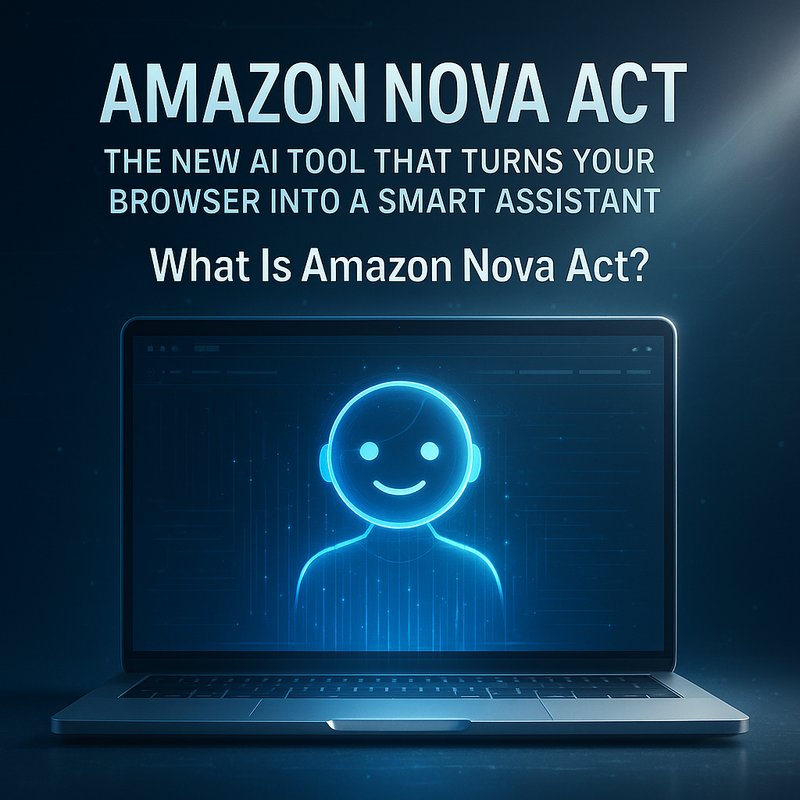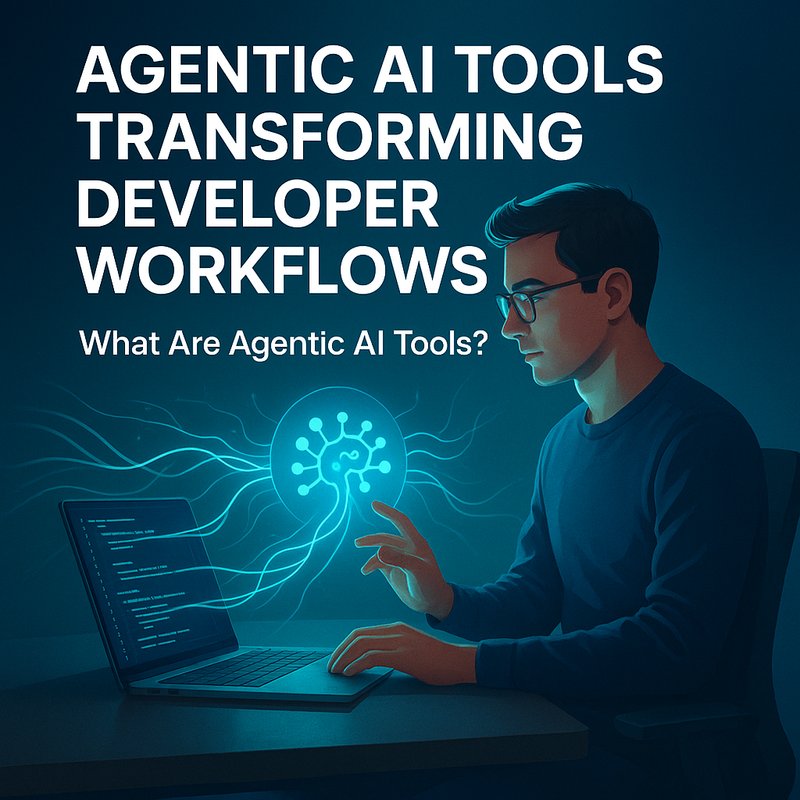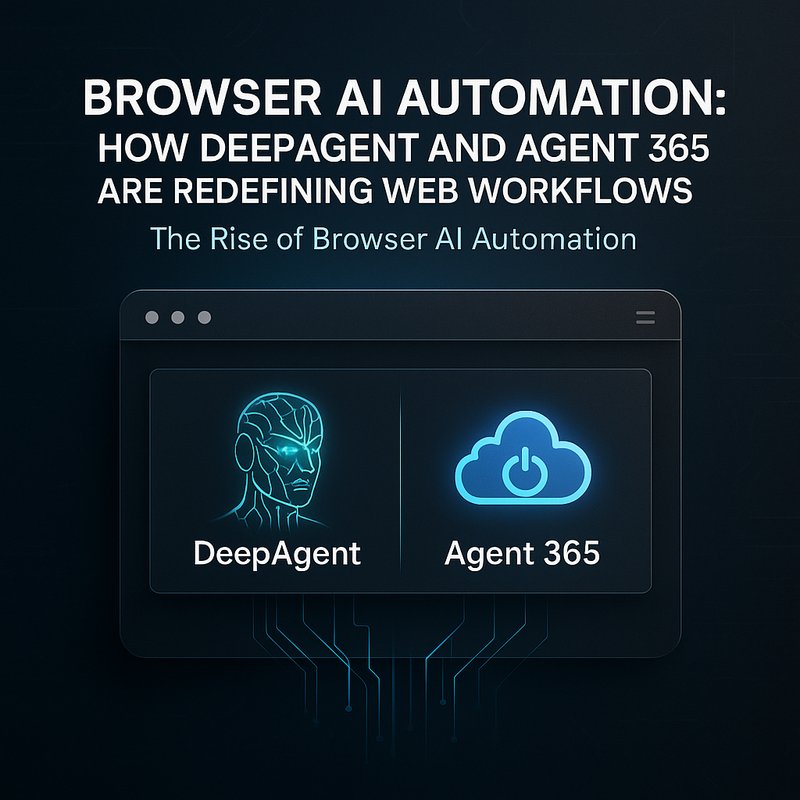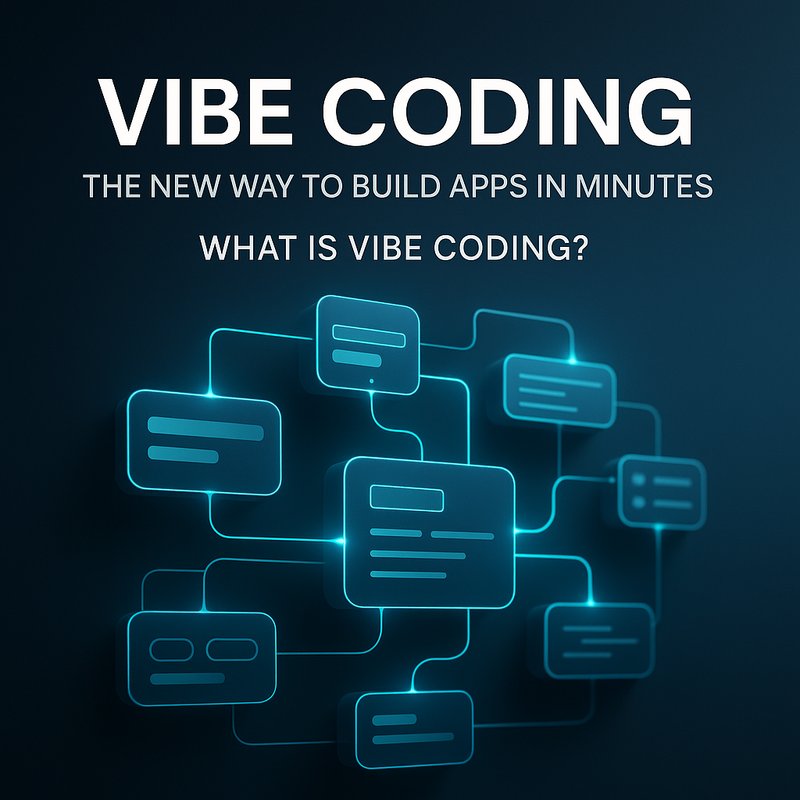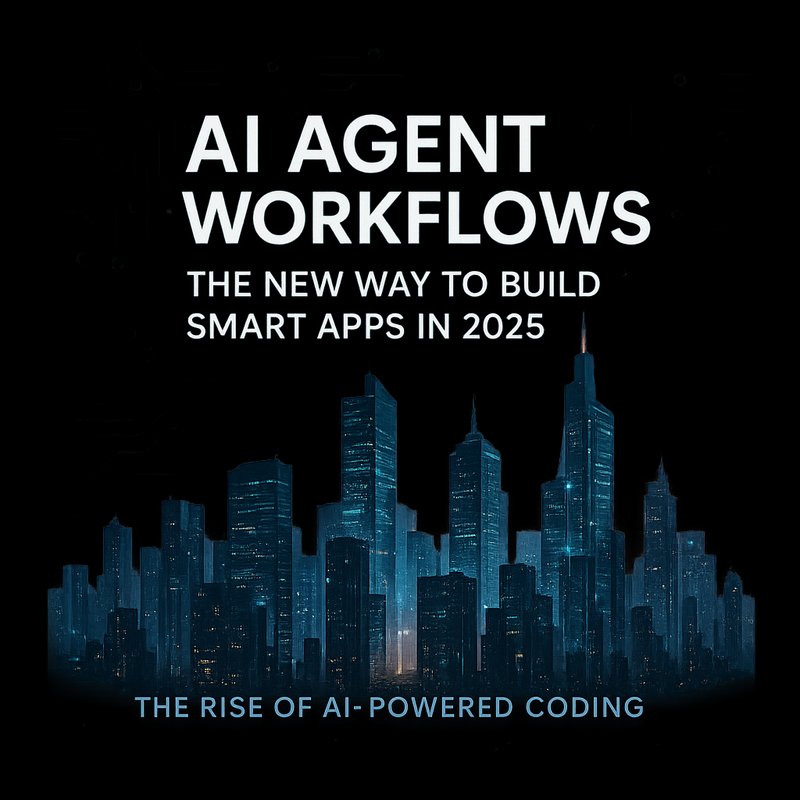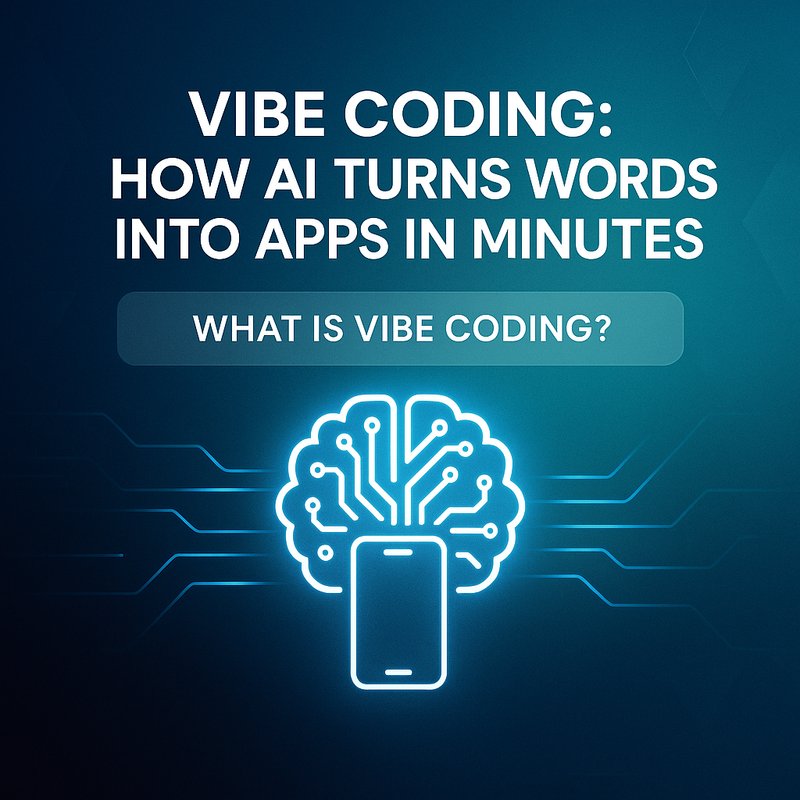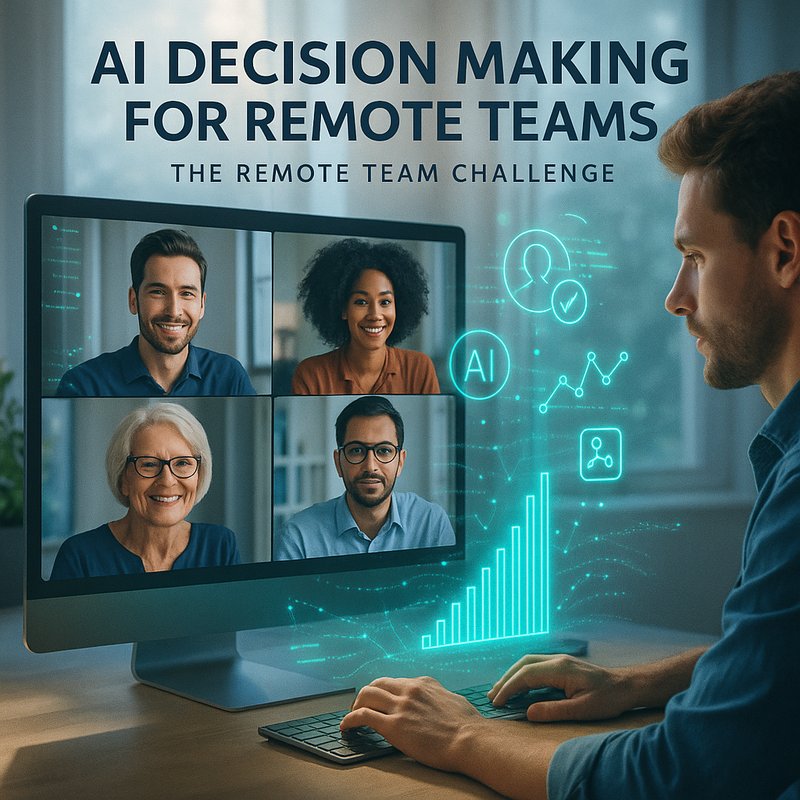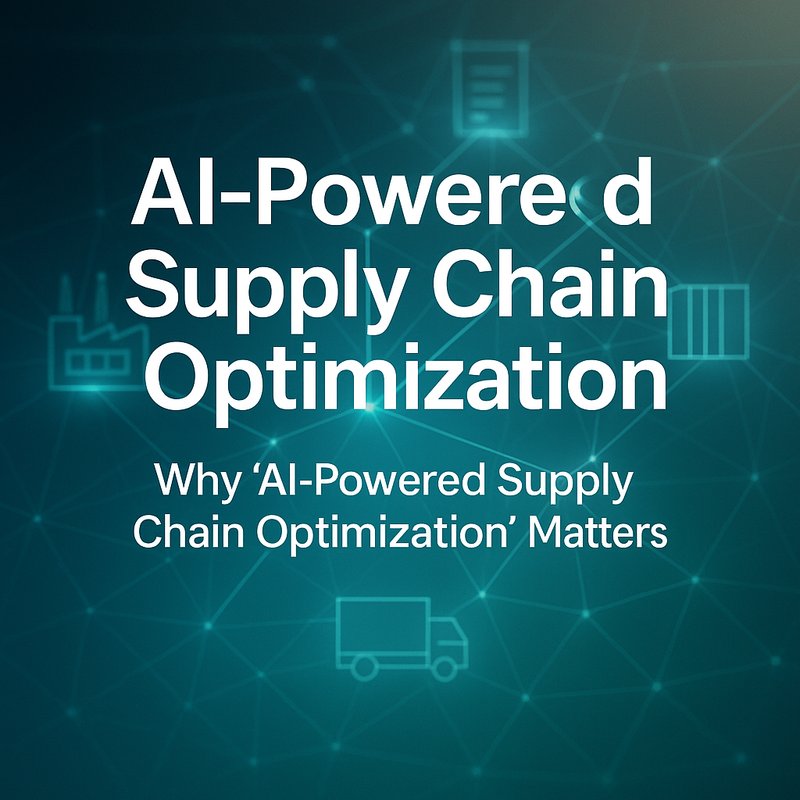Hiring can feel like treading water. Resumes pour in, calendars bulge, and paperwork stacks up. It’s easy to lose sight of the person behind the PDF. But what if a set of digital helpers sorted your resumes, booked interviews, and produced offer letters? And what if they nudged new hires with a friendly chat bot? Today’s automation tools do all of that. You get back to having real conversations—fast.
Here’s how teams are using smart workflows and agents to hire better, onboard smoother, and keep employees engaged.
Why HR Teams Embrace Automation
Recruiters and HR managers spend up to 60% of their day on admin tasks. That’s:
- Sifting through resumes
- Booking calls across time zones
- Tracking sign-off on offer letters
- Sending policy documents one by one
You can’t lean into culture or strategy when you’re buried in busywork. Automation isn’t about replacing humans. It’s about amplifying what you do best: understanding people and building teams.
Plus, modern job seekers want fast responses. A one-day delay on a scheduling link feels like an eternity. Smart bots and scripts keep the ball rolling 24/7. That leads to a better candidate experience—and a stronger employer brand.
Screening Resumes at Scale
Imagine fifty resumes hitting your inbox overnight. You could skim them in the morning. Or you could have an assistant tag skills, years of experience, and education in seconds.
AI-Driven Parsing
Tools can read PDFs, Word docs, or plain text. A resume screening agent extracts:
• Name, contact info, location
• Top skills and certifications
• Years of experience in key roles
It even matches keywords against your job description. Say you want a “React developer with AWS know-how.” The agent highlights the right candidates—so you don’t.
Want to build this yourself? You can use OpenAI’s models via a routing layer. Or tap into Google Cloud’s Document AI to get structured data back. Either way, no retyping required.
Custom Scoring Rubric
Every role is unique. Instead of a one-size-fits-all, set up rules:
- Assign points for each skill match
- Boost scores for degrees or certificates
- Deduct for large employment gaps
Your HRIS or ATS picks up those scores. Now the tool hands you a ranked list of candidates. You focus on the top third—and avoid resume black holes.
Automated Interview Scheduling
Back-and-forth emails about availability? Ouch. Human error costs you interviews.
Calendar Bots
Let a bot own your calendar. It checks available slots, sends Google Calendar invites, and handles time-zone math. For example:
- Candidate clicks a link
- Bot shows open times across PST and CET
- Candidate picks a slot
- Calendar invite appears in both inboxes
It even posts reminders and Zoom or Microsoft Teams links. No one has to follow up—except the candidate turning up.
Email Auto-Replies
Ever lose a candidate because you didn’t reply in time? An Email Sales Auto-Replier (like Neura ESA) can:
• Acknowledge every application
• Confirm when screens and interviews will happen
• Provide links to company culture pages
It uses training data from past hires to craft human-sounding responses. Candidates don’t feel ghosted—they feel seen.
Engaging Candidates with Chat Bots
Late at night, candidates often browse job pages. A human bot can greet them—no human required.
Website Assistants
Embed a chat agent on your careers site. It can:
• Ask qualifying questions (“Looking for remote roles?”)
• Answer FAQs about benefits or office locations
• Collect email addresses for follow-up outreach
This works with platforms like Meta’s Facebook Messenger or your own site bot. The data goes straight into your CRM or ATS.
SMS and Messaging Follow-Up
Some candidates ignore email. Others live in WhatsApp or Telegram. A messaging bot can:
• Send reminders before interviews
• Ask for missing documents
• Ping candidates about next steps
Use WhatsApp Business API or Telegram Bots. When someone responds, it pauses any auto-sequence and alerts your team.
Smoother Onboarding Workflow
Hiring ends on your offer letter—but onboarding is where retention begins. Too many companies drop the ball: docs get lost, access comes late, and new hires feel adrift.
Document Generation and Signing
You need offer letters, NDAs, tax forms, and handbooks. Instead of copying templates by hand:
- Feed candidate data into a template engine (like Handlebars)
- Generate a personalized PDF or Docx
- Send it for e-sign via DocuSign or HelloSign
Agents log every signature timestamp. You get an audit trail without maintaining spreadsheets.
Task Automation
A good onboarding process has dozens of steps:
• IT sets up accounts
• Payroll adds the hire to the system
• Manager assigns a mentor
• Compliance sends safety training
A task management agent triggers each step in Asana, Jira, or Trello. The new hire sees a single checklist. Each ticked item can fire the next task—no manager chasing.
Feedback and Performance Insights
No one trains robots for empathy. But bots can collect feedback faster, and they spot patterns in big teams.
Pulse Surveys
Short, anonymous check-ins help you catch issues early. A survey bot sends:
• “How was your first week?”
• “Rate your training experience”
• “Any blockers you need help with?”
Responses roll into a dashboard. You see low scores flagged, trending comments, and sentiment analysis.
AI-Drafted Performance Reviews
Writing reviews can feel awkward. AI can draft first drafts based on:
• Goal completion data
• Peer feedback
• Sales numbers or project milestones
Drop your raw data into a narrative prompt. The AI suggests bullets like:
• “Exceeded Q2 targets by 15%”
• “Needs to follow up more consistently with stakeholders”
Managers then tweak the tone and finalize. Less staring at a blank page.
Data-Driven Decision Making
HR used to rely on gut feel. Now you can back choices with data.
Diversity and Inclusion Monitoring
Scan your job ads and internal postings to spot biased language. Agents highlight words like “aggressive” or “ninja,” and suggest neutral options. Over time, you see a baseline diversity score by department.
Turnover Prediction Models
Combine historical attrition data, engagement scores, and external indicators—like Amazon Forecast or Google Cloud. Models can flag employees at risk of leaving. Then you can step in with timely check-ins, career planning, or rewards.
Getting Started: A Simple Roadmap
- Pick one pain point—resume overload, scheduling chaos, or manual onboarding
- Pilot a single agent—try chat-based scheduling or resume parsing
- Measure impact—track time saved, candidate satisfaction, or offer-to-accept rates
- Layer in more automations—add surveys or performance drafts
- Refine rules and data—clean up job descriptions, maintain skill taxonomies

Add tools gradually. Keep humans in the loop at key decision points. Automation shouldn’t feel like a black box.
Security and Privacy Best Practices
HR data is deeply personal. Keep it safe:
• Use end-to-end encryption for resumes and chat logs
• Anonymize PII before training models
• Grant agents only the permissions they need
• Store logs for audit and compliance reviews
• Choose GDPR or CCPA compliant platforms
When in doubt, add a review step. Bots assist. You still sign off.
Conclusion
Hiring doesn’t have to be a grind. Automation tools—from resume parsing to chat bots, scheduling, and document generation—let you focus on real conversations. You save hours every week. Candidates get faster replies. New hires feel welcomed. And your HR team shifts from paperwork to people work.
Ready to make your next hire without the admin headache? Give smart agents a try. You might find your candidate pipeline looks a lot brighter.

